Two Weeks in Japan | The PERFECT Itinerary
Looking to spend two weeks in Japan? Keep reading!
This two weeks in Japan itinerary is based on my TWO recent visits to Japan. It includes everything I love and think you MUST visit, and I’ve left out the things that you can skip!
Japan is a destination like no other, blending ancient traditions with futuristic innovation. Over two unforgettable weeks, you’ll explore bustling cities, serene temples, breathtaking natural landscapes, and incredible cuisine.
This guide is packed with must-see attractions, insider tips, and practical advice to make the most of your journey. Let’s dive into your perfect two-week adventure in Japan!
(Disclaimer: Some links in this post may be affiliate links, meaning if you click on the link and make a purchase, I receive a small commission. This is at no extra cost to you and you may even receive a small discount. See disclosure for more information.)
In This Post
Two Weeks in Japan
Highlights of the Itinerary
Highlights of Your Two Weeks in Japan
- Days 1–4: Tokyo – Explore Japan’s capital, from historic temples in Asakusa to the trendy streets of Harajuku and Shibuya.
- Day 5: Karuizawa – Take a day trip to this charming mountain town for nature and relaxation.
- Days 6–8: Mount Fuji – Experience the iconic peak with hikes, lakeside views, and serene hot springs.
- Days 9–10: Kyoto – Immerse yourself in Japan’s cultural heart, with stunning temples, bamboo groves, and geisha districts.
- Day 11: Nara – Visit this historic city on a day trip to meet free-roaming deer and explore ancient sites.
- Days 12–14: Osaka – End your trip in Japan’s foodie capital, enjoying delicious street food and modern attractions before flying out.
Day 1-4: Tokyo
Where to Stay in Tokyo
Ginza for its convenient location and shopping.
📍 The Peninsula Tokyo
Asakusa for a more traditional vibe near the Senso-ji Temple.
📍MIMARU SUITES Tokyo Asakusa
Shibuya for modern amenities and trendy shops.
📍 Cerulean Tower Tokyu Hotel, A Pan Pacific Partner Hotel
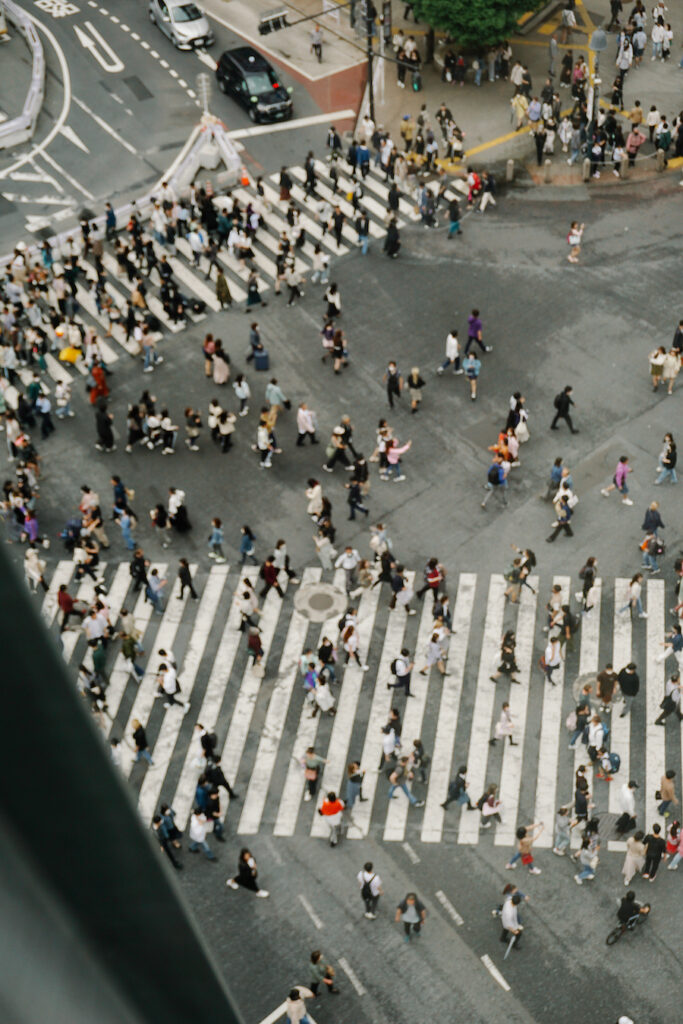
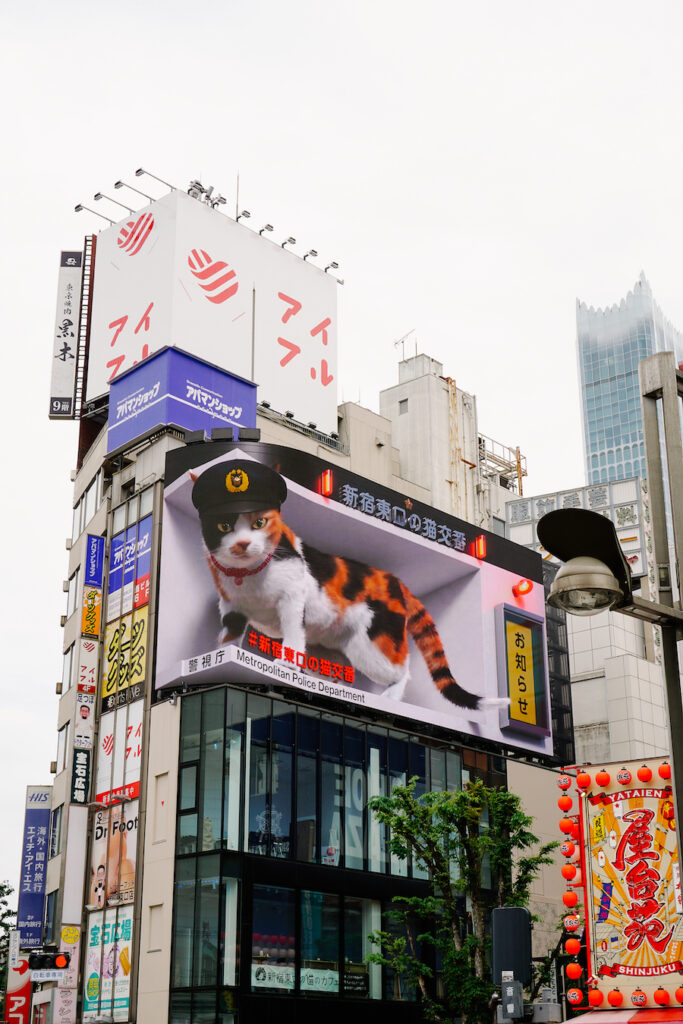
Tokyo is the ultimate blend of traditional culture and futuristic cityscapes, making it the perfect start to your two-week Japan adventure. With four days, you’ll have plenty of time to experience some of the city’s iconic spots and a few hidden gems. Here’s how to make the most of it.
Day 1: Shinjuku and Shibuya
Kick off your trip in Shinjuku, the bustling heart of Tokyo. Spend your morning exploring Shinjuku Gyoen, a tranquil garden perfect for soaking up nature amidst the skyscrapers. Afterward, head to the Tokyo Metropolitan Government Building for a free panoramic view of the city.
In the afternoon, make your way to Shibuya. Check out the famous Shibuya Crossing, one of the busiest pedestrian intersections in the world. Just a short walk away, visit Hachiko’s Statue, a tribute to Tokyo’s beloved loyal dog. End your day at Shibuya Sky, a rooftop observation deck that offers incredible views, especially at sunset.
Food to Try: Grab ramen from Ichiran Ramen or try conveyor belt sushi at Uobei Sushi. For a quick snack, grab a crepe from Takeshita Street.
💡 INSIDER TIP: Visit Shibuya Crossing in the early morning for photos when it’s less crowded.
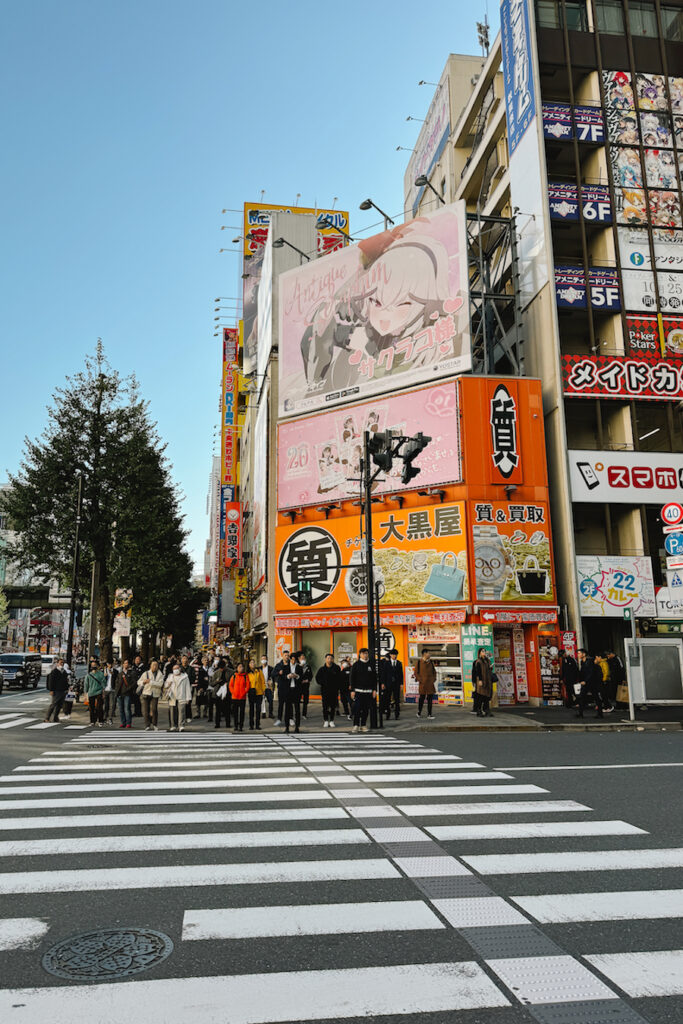
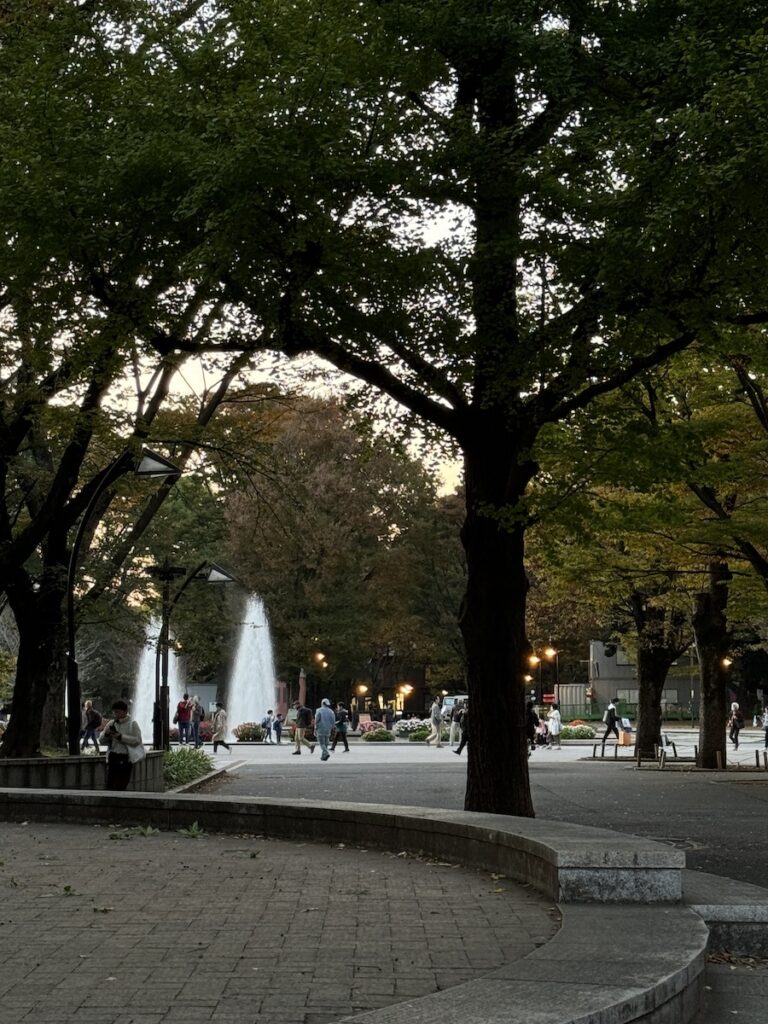
Day 2: Asakusa, Ueno, and Akihabara
Start your day in Asakusa, home to Senso-ji, Tokyo’s oldest temple. The nearby Nakamise Street is ideal for picking up souvenirs and trying traditional snacks like taiyaki (fish-shaped pastries filled with sweet red bean).
Next, head to Ueno Park, especially if you’re visiting during cherry blossom season. Don’t miss the Tokyo National Museum if you’re into Japanese history and art.
Wrap up your day in Akihabara, Tokyo’s electric town. Whether you’re a fan of anime, video games, or tech gadgets, this area is a playground of shops and cafes.
Food to Try: Don’t miss melon pan (sweet bread) in Asakusa or yakitori from a street stall in Ueno.
💡 INSIDER TIP: Akihabara’s arcades often have unique photo booths where you can create customized keepsakes.
Day 3: Harajuku, Omotesando, and Roppongi
Spend your morning in Harajuku, Tokyo’s hub for quirky fashion and trends. After exploring Takeshita Street, visit the serene Meiji Shrine, located just a few steps away.
For lunch, walk to Omotesando, Tokyo’s chic shopping avenue, and stop by Omotesando Hills for a mix of boutique shops and high-end stores.
In the evening, head to Roppongi for nightlife. You can also check out the Mori Art Museum and Tokyo City View for impressive skyline views.
Food to Try: Try fluffy Japanese pancakes in Harajuku or trendy desserts at Kawaii Monster Cafe. For dinner, indulge in wagyu beef at a Roppongi teppanyaki restaurant.
💡 INSIDER TIP: Meiji Shrine often hosts traditional Japanese weddings. If you’re lucky, you might catch one during your visit!
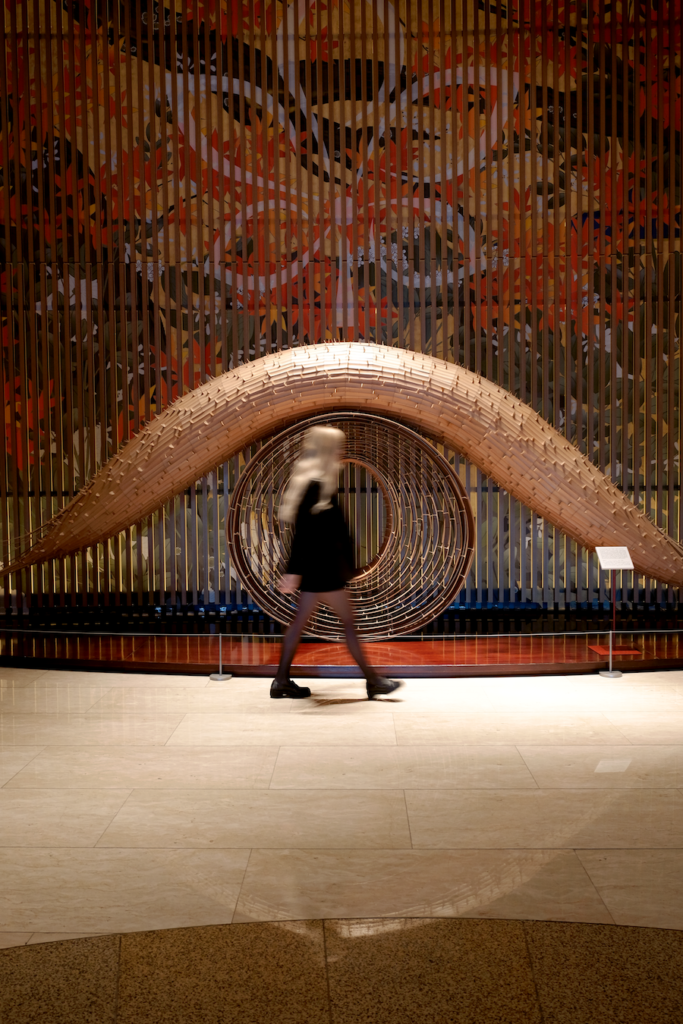
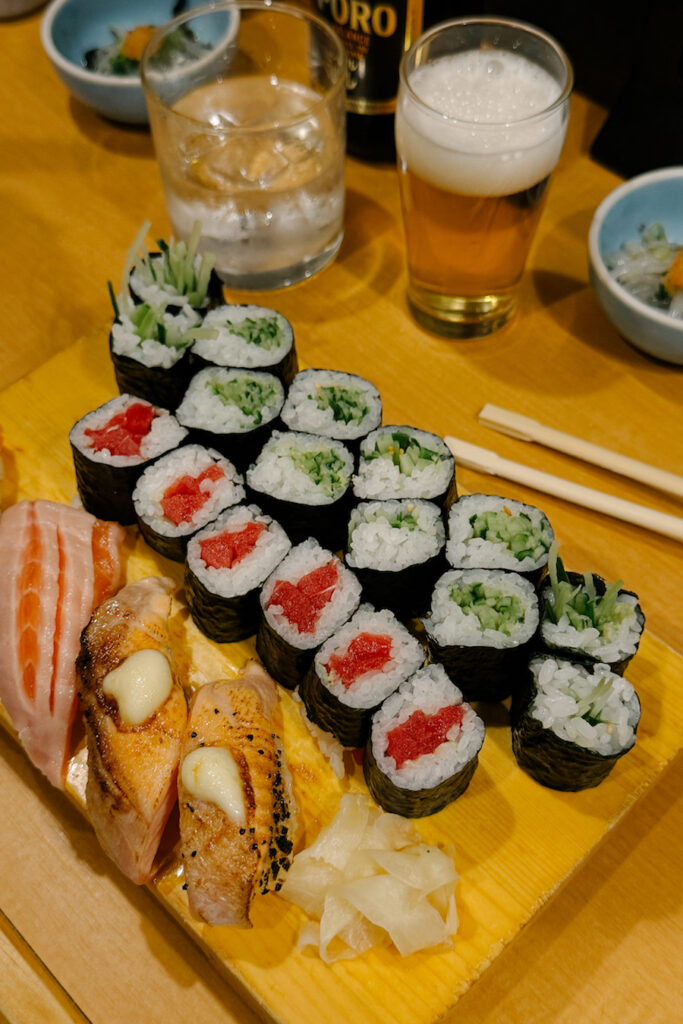
Day 4: Odaiba and Ginza
Spend your final day in Tokyo exploring Odaiba, a man-made island with attractions like TeamLab Borderless (an interactive digital art museum) and DiverCity, home to the massive Gundam statue.
Later, head to Ginza, Tokyo’s luxury shopping district. Even if you’re not shopping, it’s worth visiting the stunning architecture and flagship stores.
Food to Try: For lunch, try monjayaki in Odaiba. For dinner, Ginza is known for its sushi restaurants, including some Michelin-starred options.
💡 INSIDER TIP: Visit Odaiba in the late afternoon and stay for the stunning night views of Rainbow Bridge and Tokyo Tower.
Day 5: Karakuma
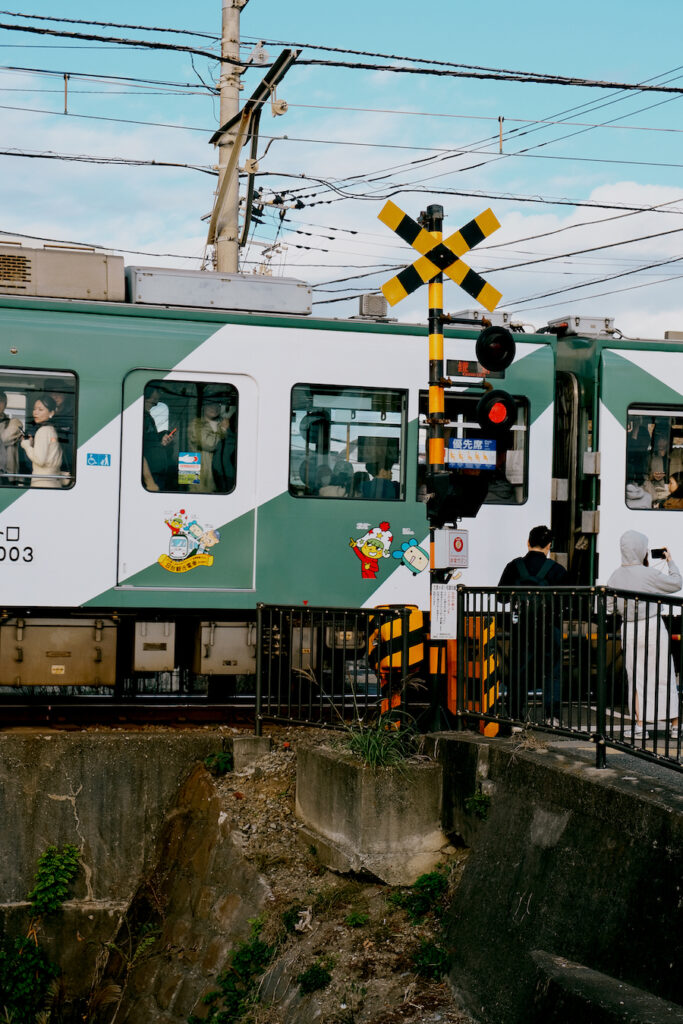
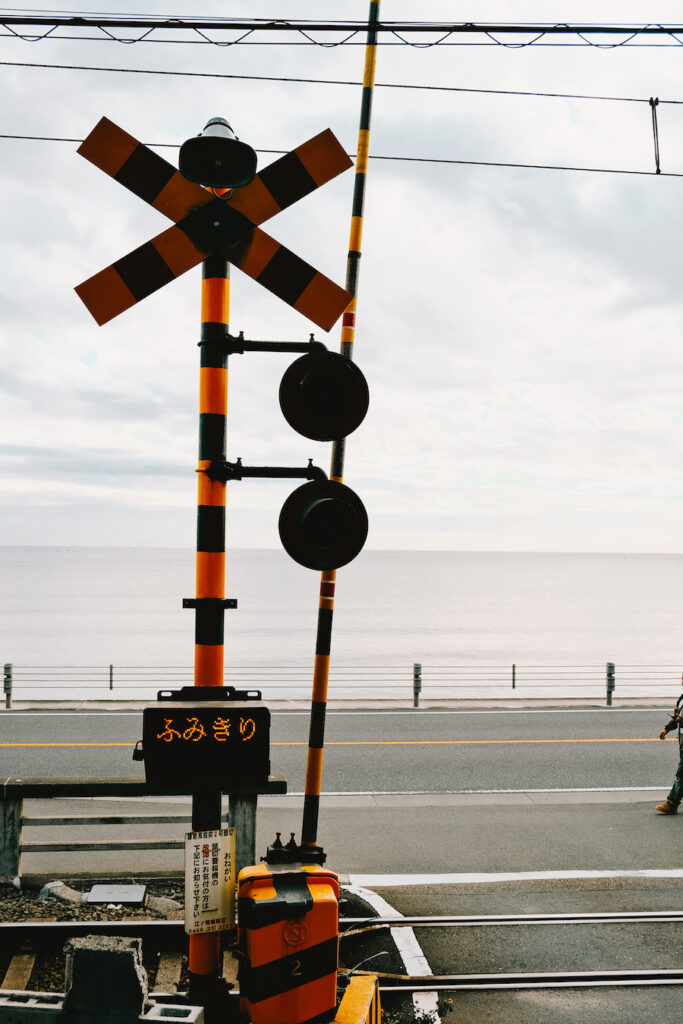
On Day 5, escape the urban rush of Tokyo and take a day trip to Karakuma, a charming destination known for its natural beauty and traditional culture.
🚂 How to get to Kamakura: Take the JR Yokosuka Line from Tokyo, and in just about an hour, you’ll arrive in this historic coastal town.
Begin your visit at the serene Karakuma Shrine, surrounded by lush greenery that offers a peaceful atmosphere for reflection. Nearby, walk through the iconic bamboo grove, where towering stalks create a magical, almost otherworldly vibe perfect for photography or quiet contemplation.
Karakuma is also home to a beautiful craft market, where you can discover traditional pottery, weaving, and woodwork—ideal for unique souvenirs.
For lunch, savor local specialties like hōtō noodles, a miso-based dish with thick noodles and seasonal vegetables, or try yaki manju, sweet grilled buns filled with red bean paste. End your trip with a soak in a natural onsen, renowned for its therapeutic waters.
💡 INSIDER TIP: Don’t leave without sampling freshly grated wasabi or trying the surprisingly delicious wasabi ice cream, a unique treat you won’t forget!
Day 6-8: Mount Fuji
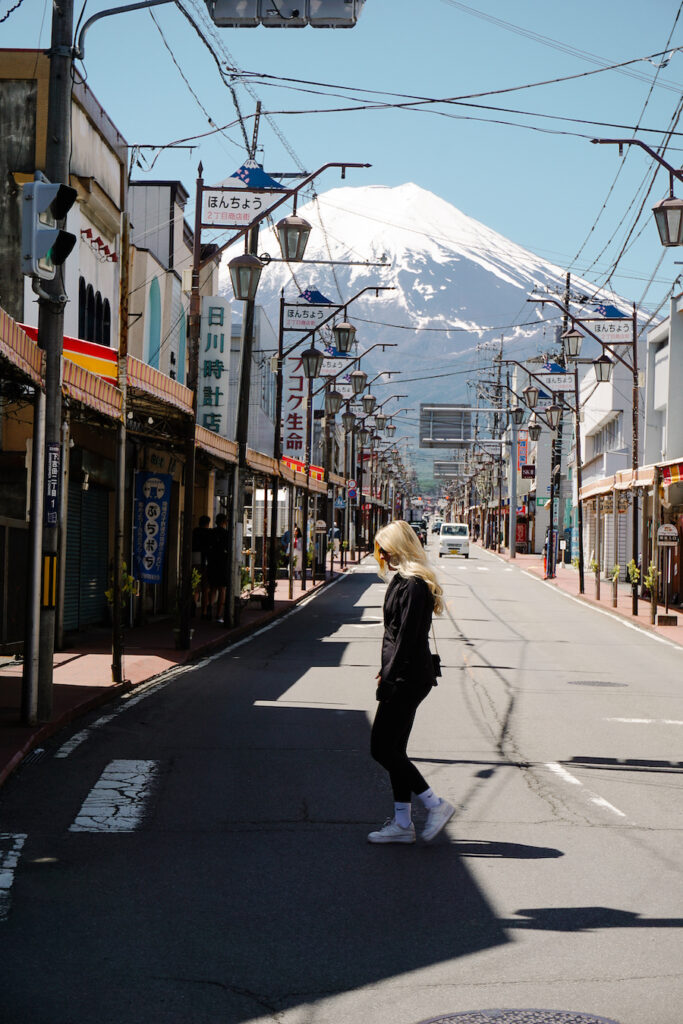
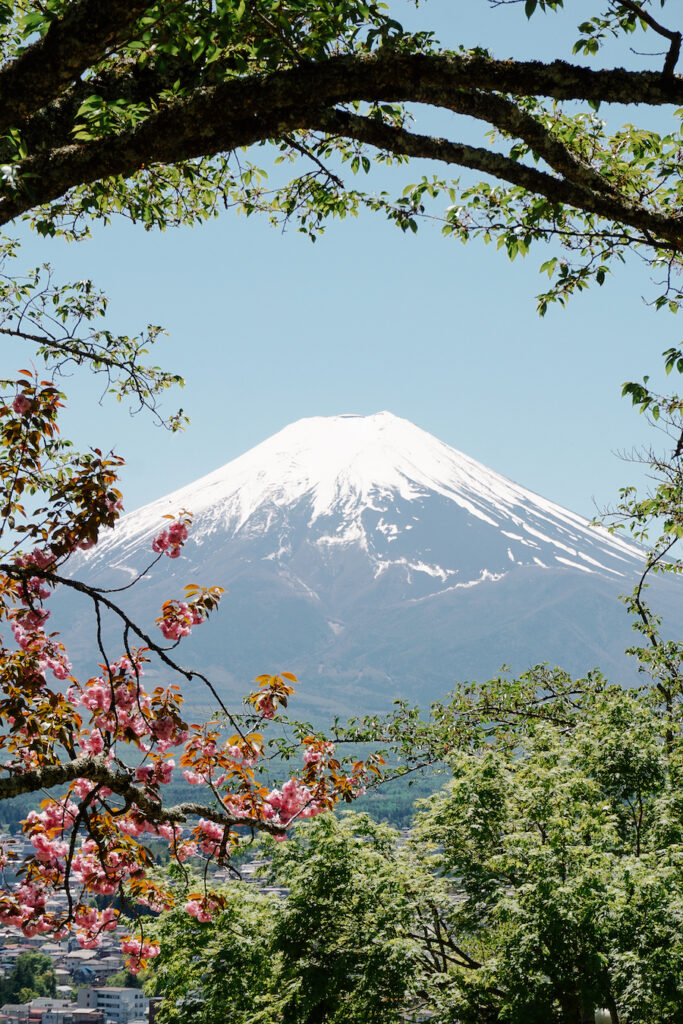
Mount Fuji is a destination that offers stunning landscapes, outdoor activities, and peaceful cultural experiences.
🚂 Two Ways to Get to Mount Fuji:
- Fujikyu Railway Line: Take the JR Chuo Line from Tokyo to Otsuki Station, then transfer to the Fujikyu Railway Line to Kawaguchiko Station. The journey takes about 2–3 hours and costs around ¥2,600–¥3,800.
- Highway Buses from Shinjuku: Direct buses from Shinjuku Expressway Bus Terminal to Kawaguchiko Station take about 1 hour and 45 minutes. Tickets are approximately ¥2,000 one way. Book your tickets in advance, especially during peak seasons, and aim for an early morning departure for clear views of Mount Fuji.
💡 INSIDER TIP: Both options offer scenic routes, but the train ride through the countryside offers a more immersive experience if you have a Japan Rail Pass!
Once there, spend your days exploring the highlights around Mount Fuji.
⭐️ Lake Kawaguchi is a must-visit for its stunning reflections of the mountain. You can rent a paddleboat, and walk along the shore.
⭐️ Visit the Kawaguchiko Music Forest Museum for a unique cultural experience. For panoramic views.
⭐️ Head to Chureito Pagoda in Arakurayama Sengen Park, especially stunning during cherry blossom season or autumn foliage.
⭐️ Adventurous travelers can visit the Fuji Subaru Line 5th Station, where trails and shrines offer closer encounters with the mountain.
After your adventures, unwind at one of the region’s many onsens. Many hot springs offer open-air baths with views of Mount Fuji—an unforgettable way to relax. To make your stay extra special, consider booking a ryokan with a private onsen that faces the mountain.
💡 INSIDER TIP: Mount Fuji is often hidden by clouds, so spending 2 nights is best to ensure you can see this stunning mountain!
Day 9-10: Kyoto
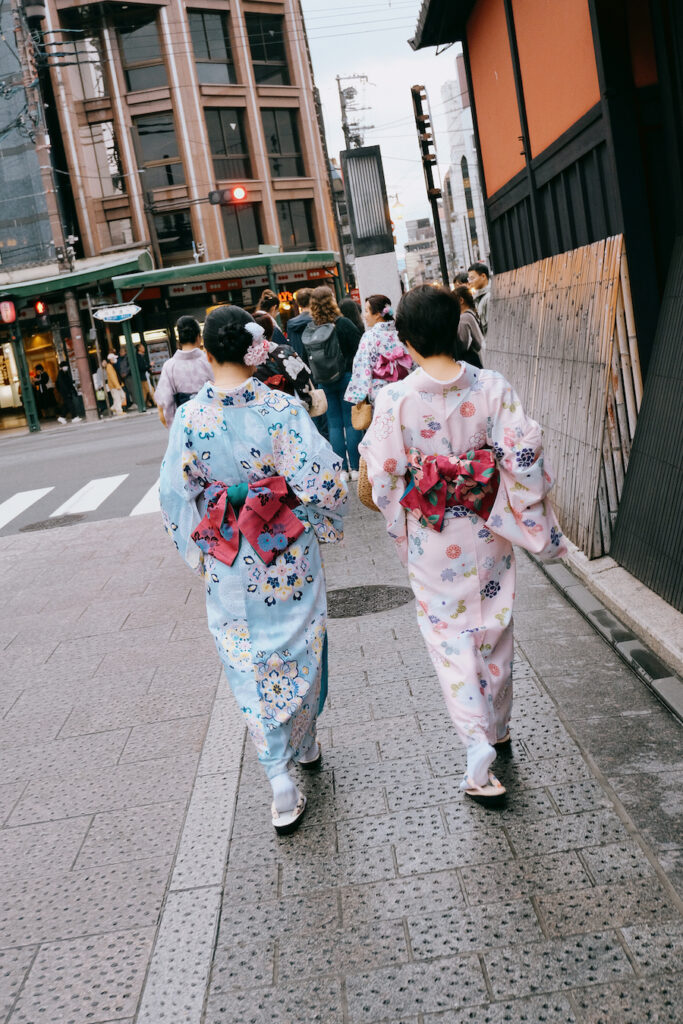
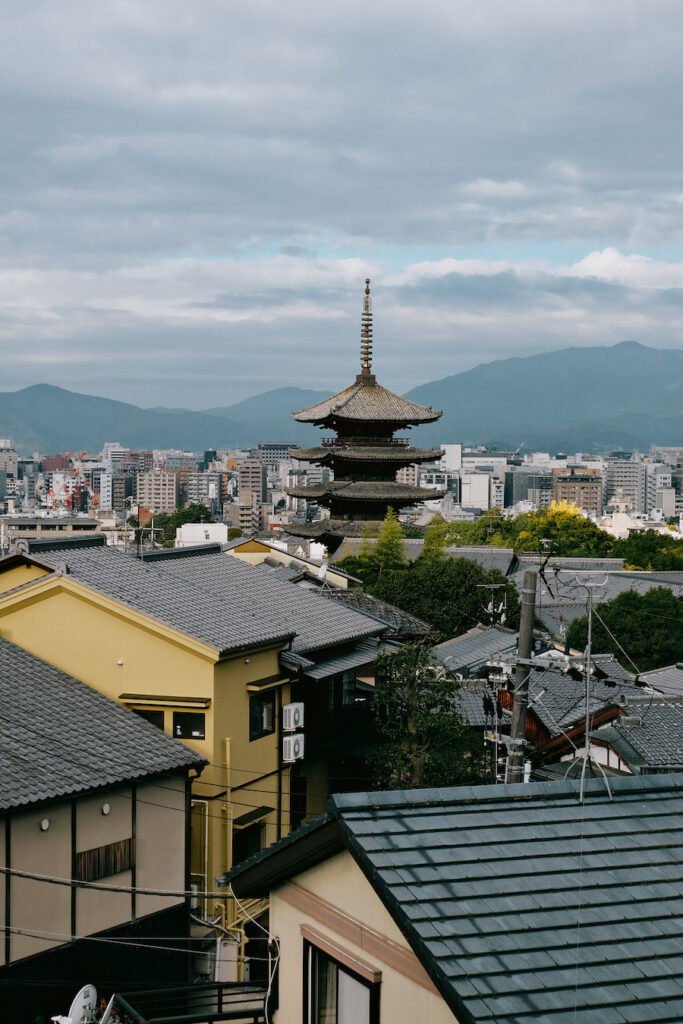
Kyoto, the heart of Japan’s cultural heritage, is a captivating destination filled with traditional temples, picturesque gardens, and historic streets. It’s a place where ancient traditions blend seamlessly with modern life, offering a serene and enriching experience over two days.
🚂 How to Get to Kyoto: From Mount Fuji, take the Shinkansen (bullet train) to Kyoto Station. The journey takes approximately 2–3 hours, depending on the route.
💡 INSIDER TIP: When booking your seat, request one on the right-hand side for the best chance of glimpsing Mount Fuji during the journey.
Day 9: Northern and Central Kyoto
Start your Kyoto visit at the Kinkaku-ji Temple (Golden Pavilion), an iconic Zen temple covered in gold leaf, surrounded by a tranquil pond and manicured gardens. Then, head to the Nishiki Market, a bustling food market where you can sample Kyoto specialties like yudofu (tofu hot pot) and matcha sweets.
In the afternoon, explore Nijo Castle, a UNESCO World Heritage Site known for its ornate interiors and “nightingale floors” that chirp as you walk. End your day walking through Pontocho Alley, a historic area filled with traditional wooden buildings housing restaurants and tea houses.
💡 INSIDER TIP: Try kaiseki, Kyoto’s traditional multi-course meal, at a restaurant in Pontocho. It’s a culinary experience you won’t forget.
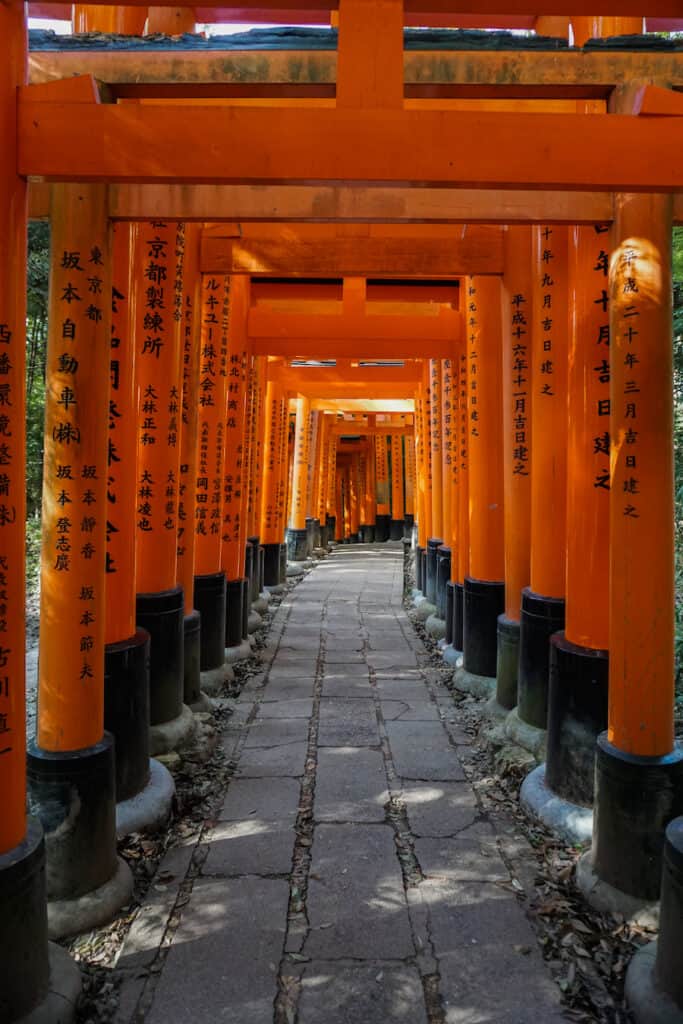
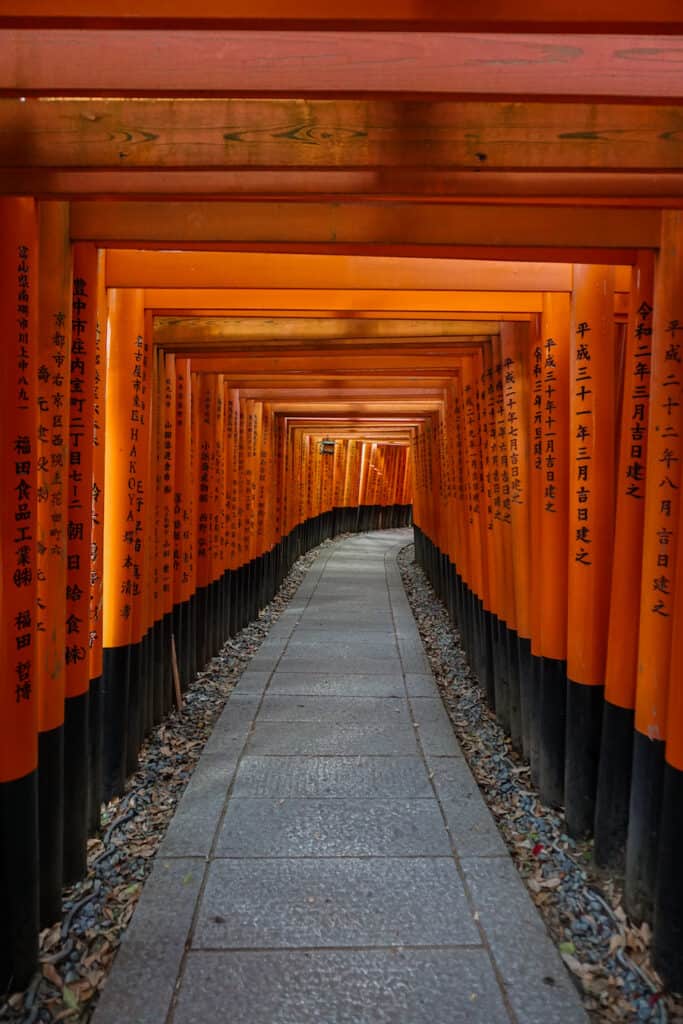
Day 10: Southern and Eastern Kyoto
Dedicate your second day to exploring southern and eastern Kyoto. Begin with the iconic Fushimi Inari Taisha, famous for its thousands of red torii gates winding up the mountain. Arrive early to enjoy the site before it gets crowded.
Next, head to Gion, Kyoto’s geisha district, where you can wander through preserved streets and perhaps spot a maiko (apprentice geisha).
For lunch, try Kyoto-style sushi or soba noodles in the Gion area. Spend the afternoon at Kiyomizu-dera Temple, perched on a hillside with panoramic views of the city. The walk to the temple along Sannenzaka and Ninenzaka streets is lined with traditional shops selling Kyoto crafts and souvenirs.
Day 11: Nara
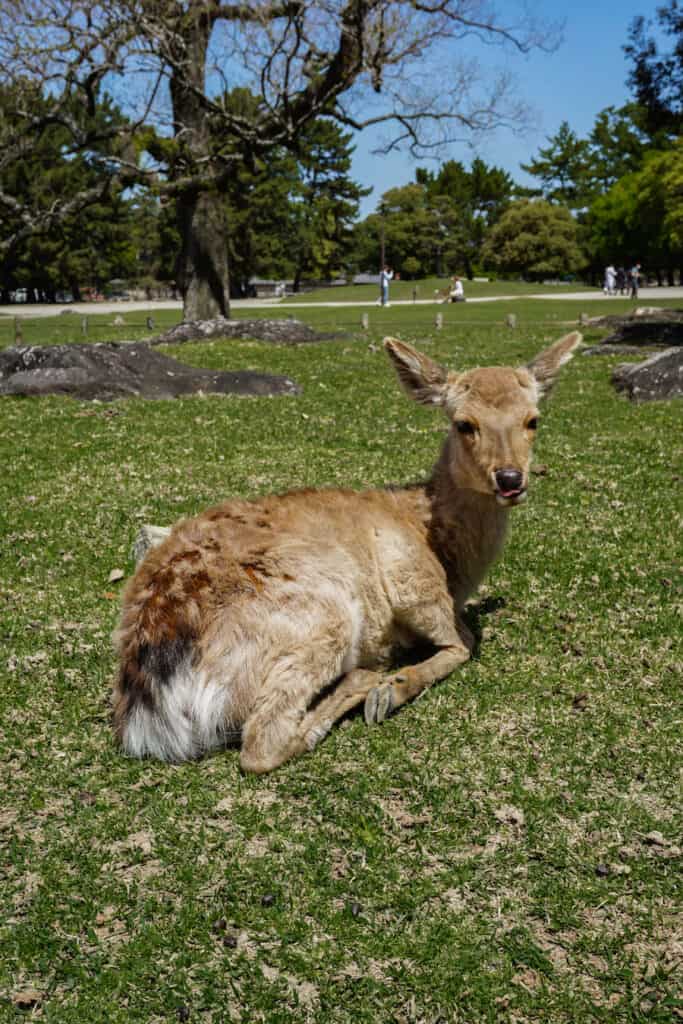
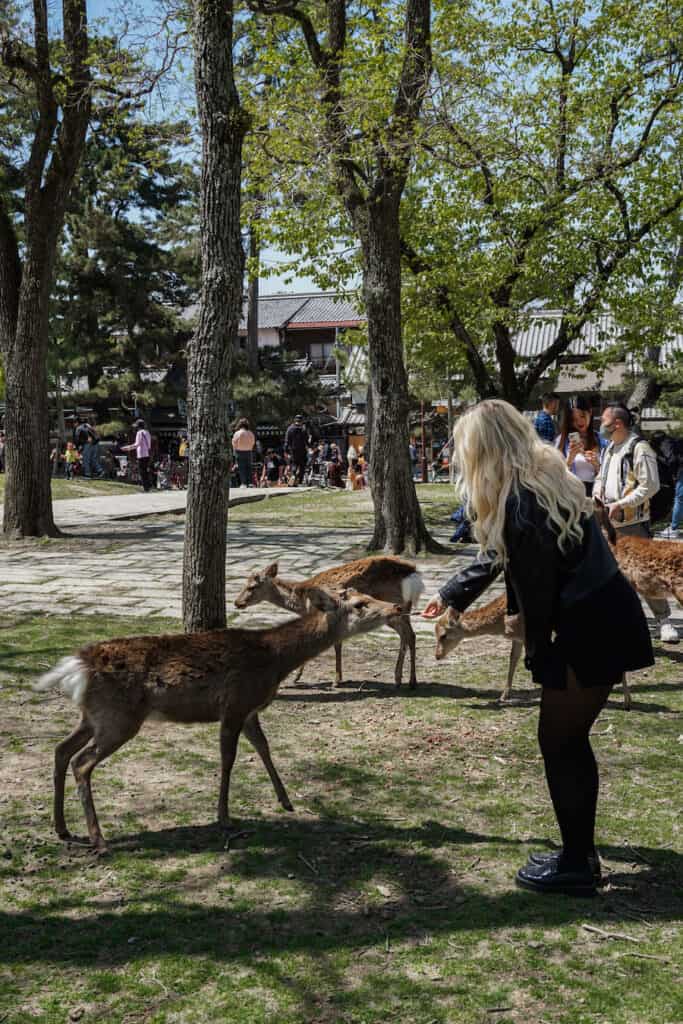
A day trip to Nara is a perfect way to experience Japan’s ancient capital, renowned for its historic sites and friendly free-roaming deer.
🚂 How to get to Nara: From Kyoto, Nara is easily accessible via the JR Nara Line or Kintetsu Railway, with the journey taking about 45 minutes to 1 hour.
Begin your visit at Nara Park, the city’s centerpiece, where you’ll encounter the famous deer. These gentle creatures are considered sacred and roam freely throughout the park. You can even buy special deer crackers (shika senbei) to feed them—a fun and memorable experience.
Next, head to Todai-ji Temple, a UNESCO World Heritage Site that houses the Great Buddha (Daibutsu), one of the largest bronze Buddha statues in the world. The massive wooden hall and serene surroundings are awe-inspiring.
Afterward, explore Kasuga Taisha, a Shinto shrine famous for its thousands of bronze and stone lanterns, creating a magical atmosphere. Wrap up your day with a visit to Kofuku-ji Temple, known for its five-story pagoda, before heading back to Kyoto.
Day 12-14: Osaka
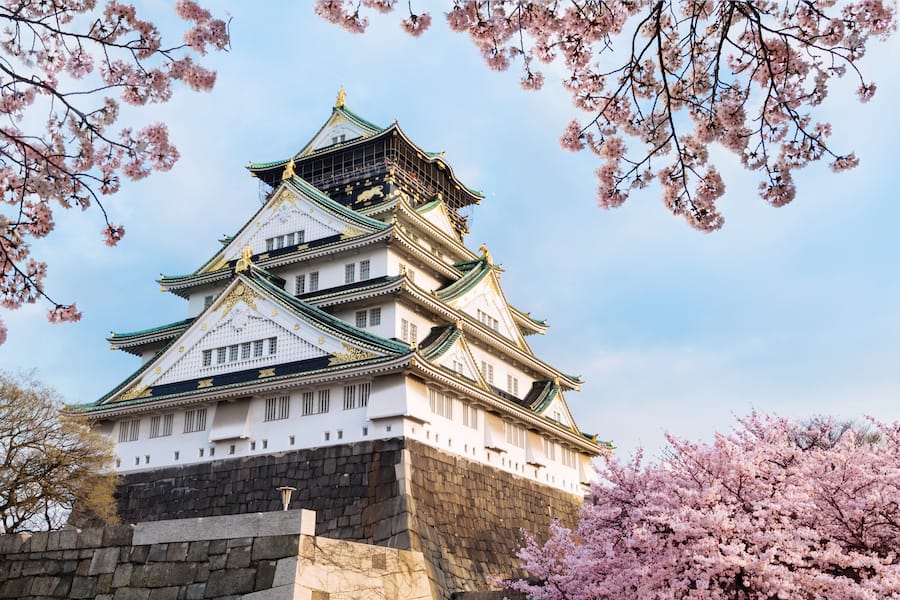
Osaka, Japan’s most energetic city, is the perfect way to end your two-week adventure. Known for its food scene, modern attractions, and friendly locals, Osaka offers an exciting mix of experiences.
🚄 Getting to Osaka from Kyoto
JR Shinkansen (15 mins, ¥1,430–¥3,220): The fastest option from Kyoto Station to Shin-Osaka Station. Covered by the Japan Rail Pass (except Nozomi trains).
JR Special Rapid Service (30 mins, ¥570): Affordable and efficient, running directly to Osaka Station (Umeda).
Private Lines (40–50 mins, ¥400–¥600): Hankyu or Keihan Railways connect central Kyoto (like Kawaramachi) to Osaka’s Umeda or Yodoyabashi stations.
Day 12: Historical and Cultural Osaka
Start your Osaka visit at Osaka Castle, a historic landmark surrounded by a beautiful park. Explore the castle’s museum to learn about its rich history and enjoy panoramic views from the top floor. Next, head to Shitenno-ji Temple, one of Japan’s oldest temples, for a glimpse into the city’s spiritual past.
In the evening, dive into Dotonbori, Osaka’s bustling entertainment district. This neon-lit area is famous for its giant signboards, buzzing atmosphere, and delicious street food. Try takoyaki (octopus balls), okonomiyaki (savory pancake), and kushikatsu (deep-fried skewers).
💡 INSIDER TIP: Don’t leave Dotonbori without taking a photo by the iconic Glico Running Man sign!
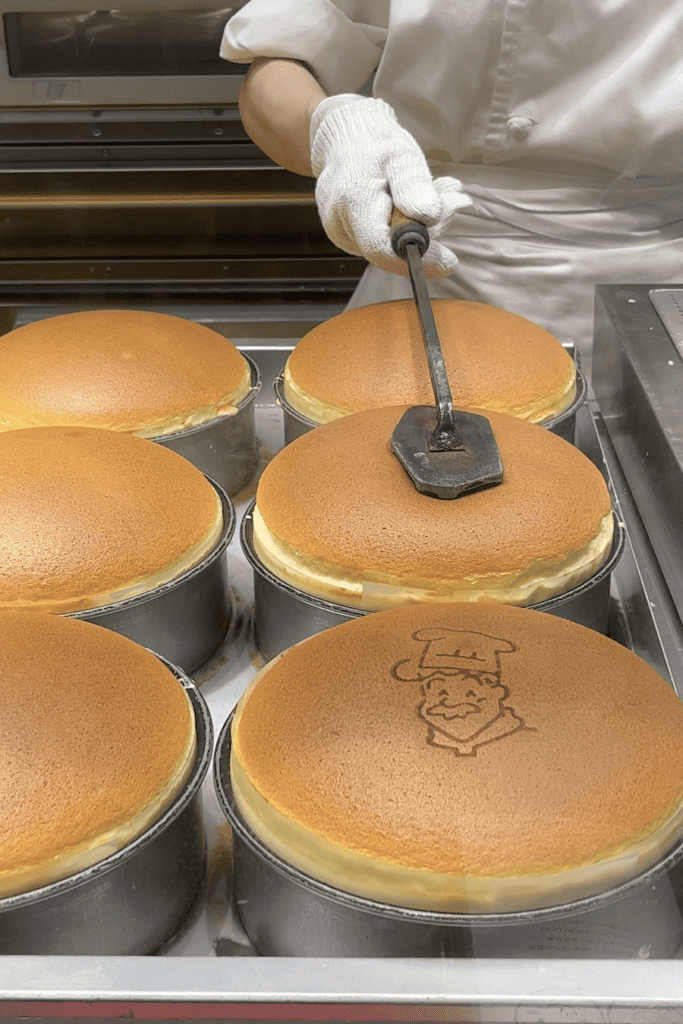
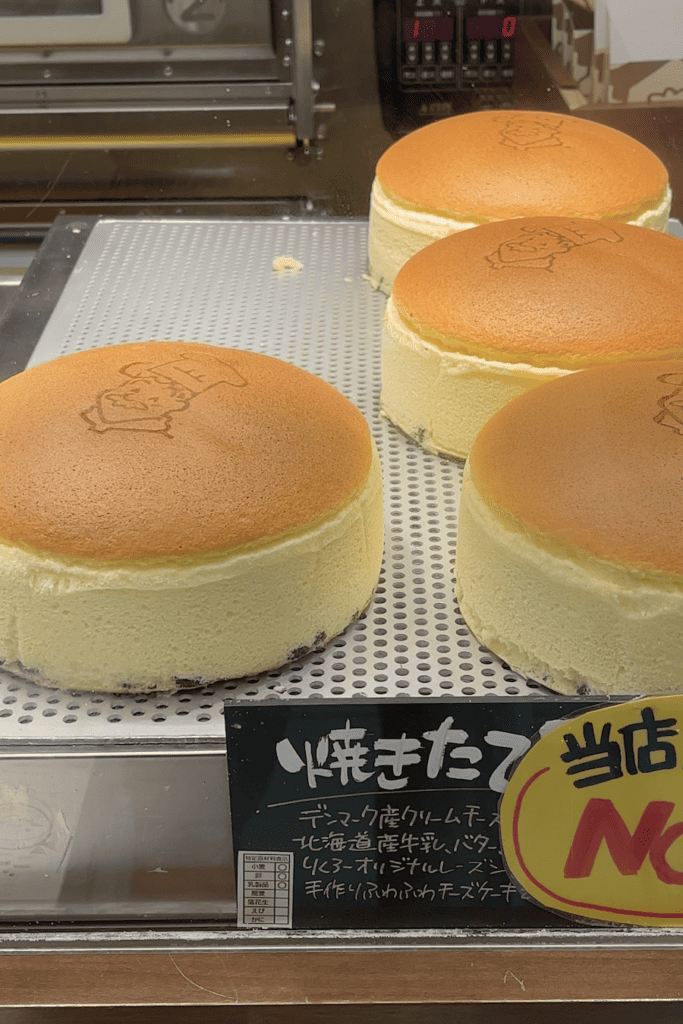
Day 13: Modern Osaka
Dedicate your second day to Osaka’s modern attractions. Start at Umeda Sky Building, a striking architectural marvel with a rooftop observatory offering stunning city views.
For lunch, head to Kuromon Ichiba Market, a food lover’s paradise with fresh seafood, grilled skewers, and sweet treats. Spend your afternoon exploring the futuristic Namba Parks shopping complex or riding the Tempozan Ferris Wheel for more views.
💡 INSIDER TIP: Don’t miss the famous jiggly cheesecake! It can be found at Rikuro’s Cheesecake.
Day 14: Final Day and Departure
If flying out of Osaka, Kansai International Airport is easily reachable by train or airport limousine bus. If returning to Tokyo, leave in the afternoon to catch your flight the next day.
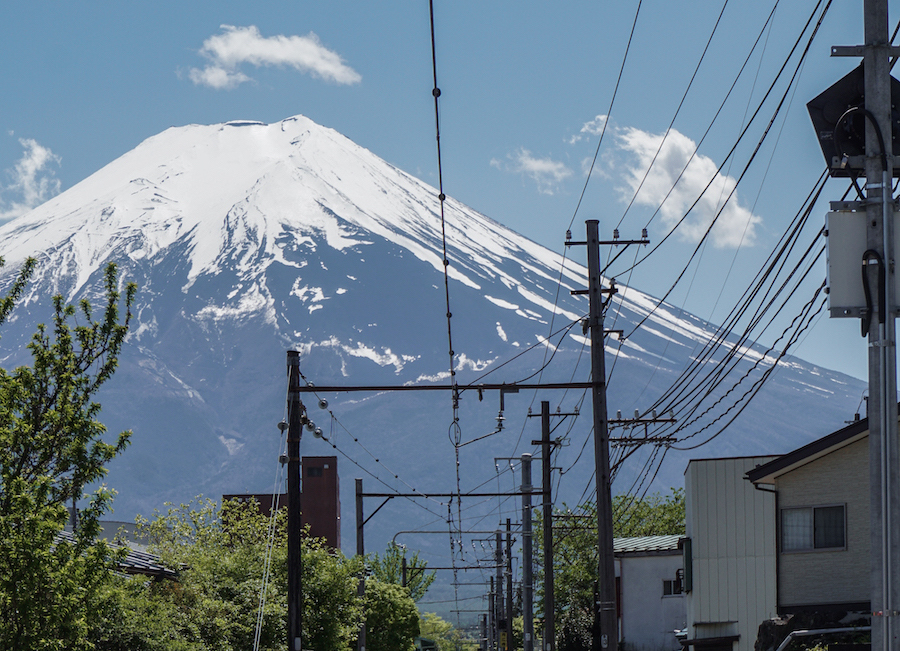
Tips for Traveling in Japan
Transportation
Japan’s transportation system is incredibly efficient, but planning ahead makes it even smoother. The Japan Rail Pass is a must-have for travelers planning to visit multiple cities, offering unlimited rides on JR trains, including the Shinkansen (except Nozomi and Mizuho trains). Purchase it online before your trip for the best deals.
For local transport like subways and buses, get a Suica or Pasmo card—rechargeable smart cards that save time and eliminate the hassle of buying individual tickets.
Language
While many signs and announcements in Japan include English, learning a few basic Japanese phrases can go a long way in connecting with locals.
Words like “Arigatou” (thank you), “Sumimasen” (excuse me/sorry), and “Eigo o hanasemasu ka?” (Do you speak English?) show respect and are often met with warm smiles. Use a translation app for more complex conversations if needed.
Packing
Japan is a country made for exploring, and comfortable shoes are essential for walking through sprawling cityscapes, climbing temple steps, and walking through scenic gardens.
Pack light but practical layers, as weather can vary depending on the season and region. A reusable water bottle is also handy, as Japan has many free drinking water spots.
Season
Timing your visit to Japan can elevate your experience.
Spring (March-May) is famous for its iconic cherry blossoms, creating picturesque landscapes. Parks like Ueno in Tokyo and Maruyama in Kyoto are especially popular during this season. Autumn (September-November) is equally stunning, with stunning fall foliage that transforms temples, gardens, and mountains into a painter’s dream.
Avoid Golden Week (late April-early May) if possible, as this is a peak travel period for locals.
Closing Thoughts
Japan’s diversity, from futuristic cities to serene temples, makes it a dream destination for travelers. These 2 weeks in Japan promise the perfect mix of cultural exploration, relaxation, and adventure, ensuring you’ll experience the best the country has to offer.
Like this post? Pin “2 Weeks in Japan” for later!
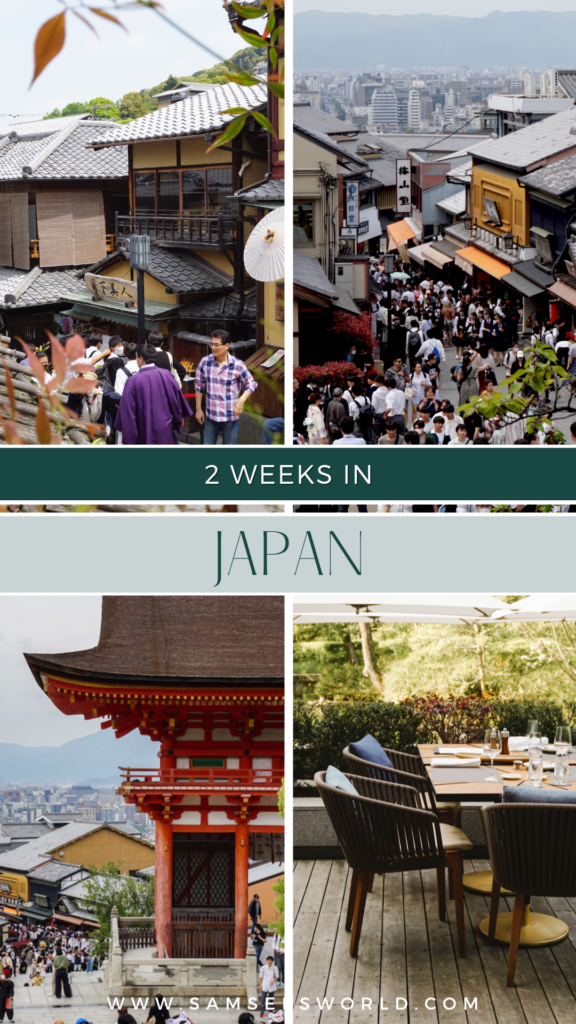
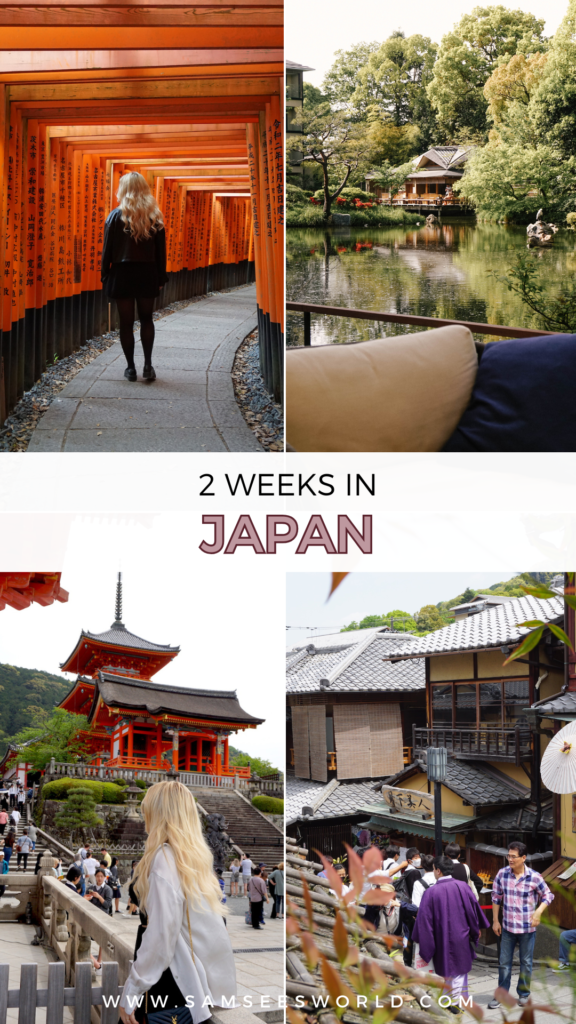
Love,
SSW